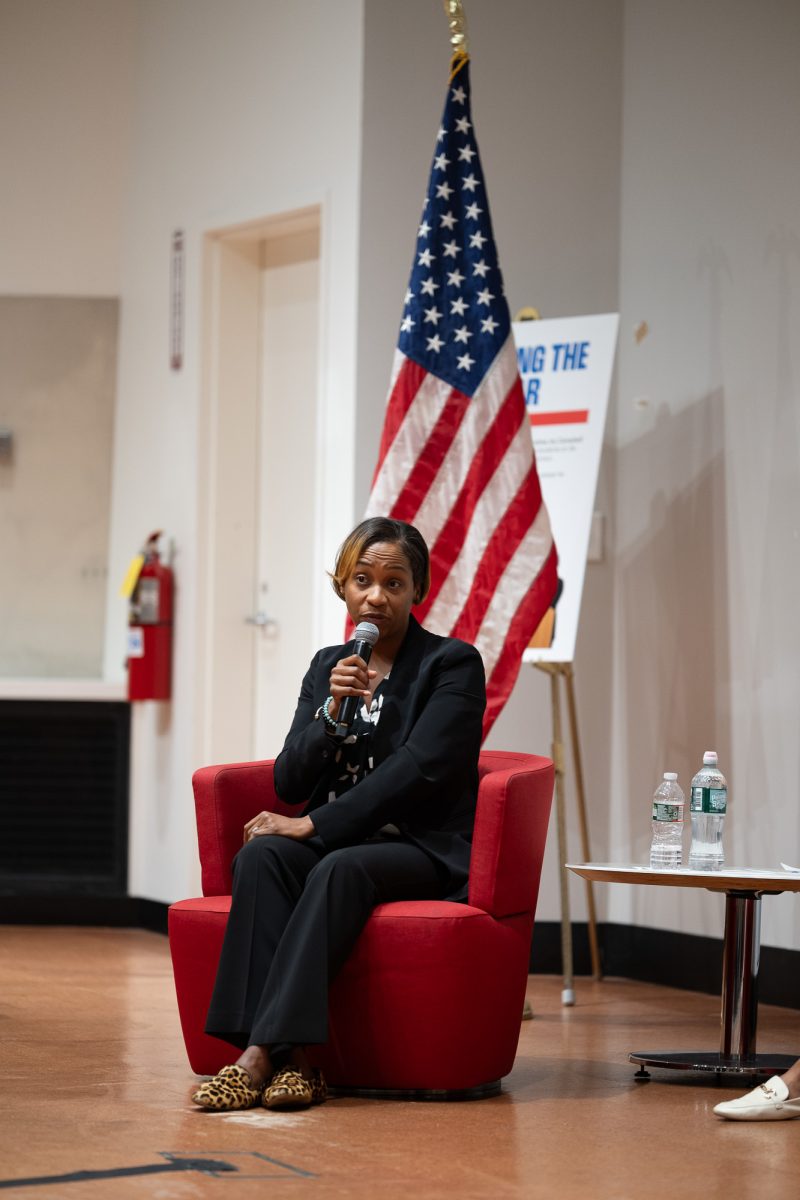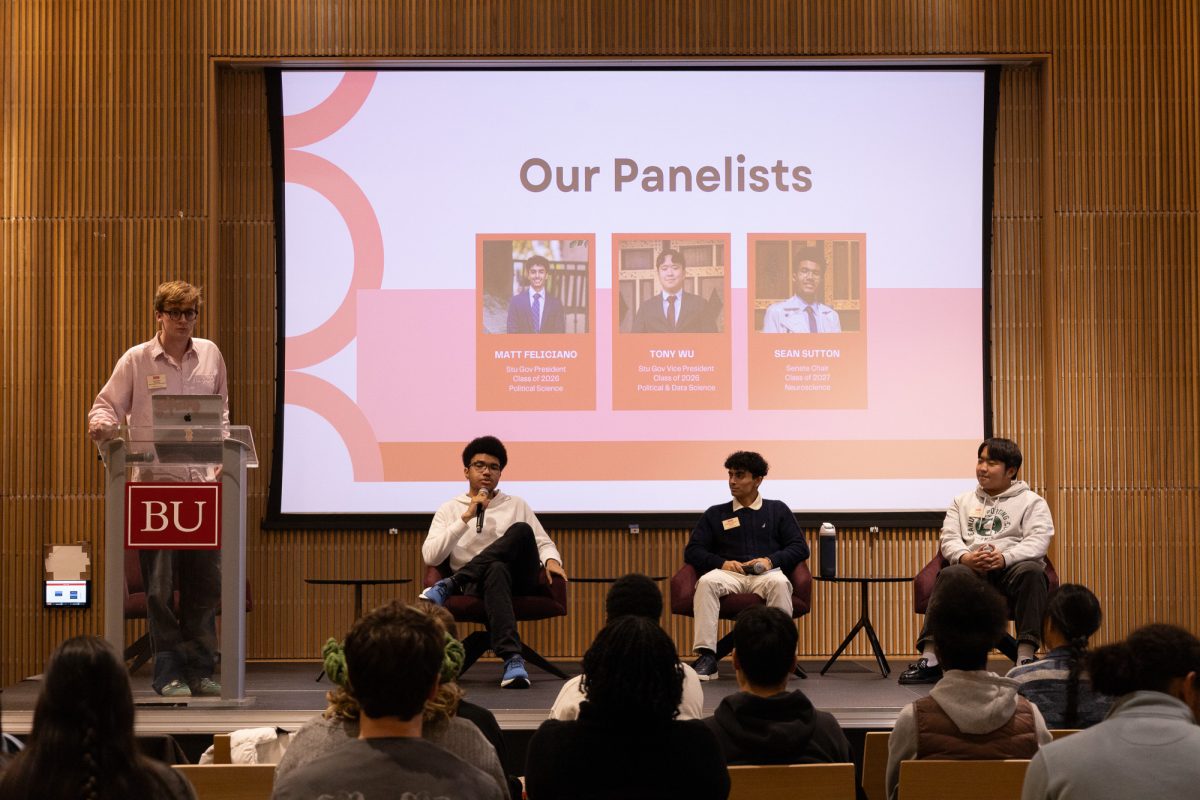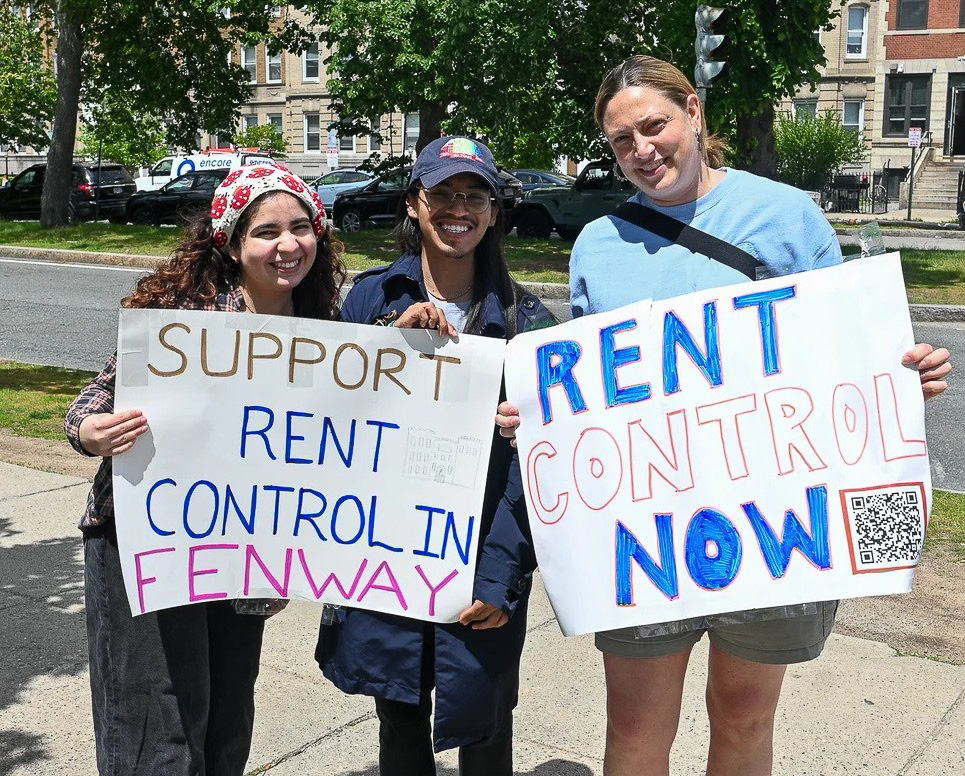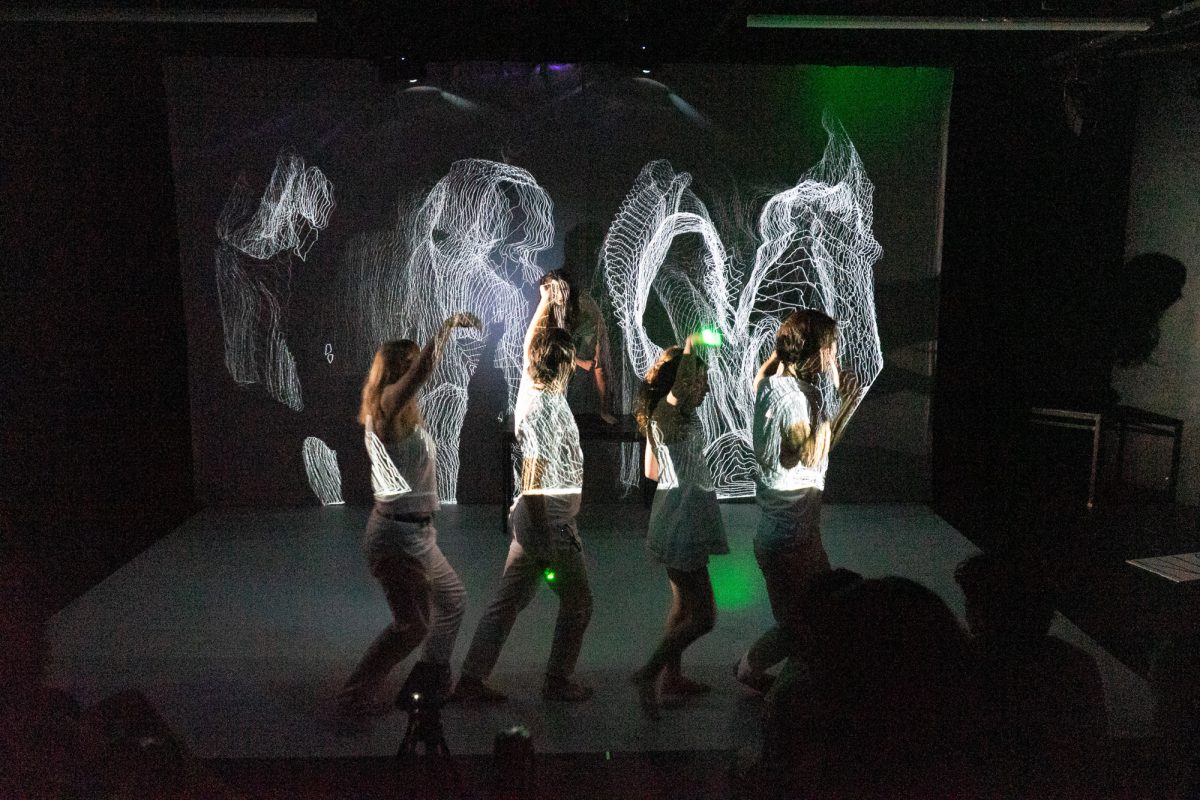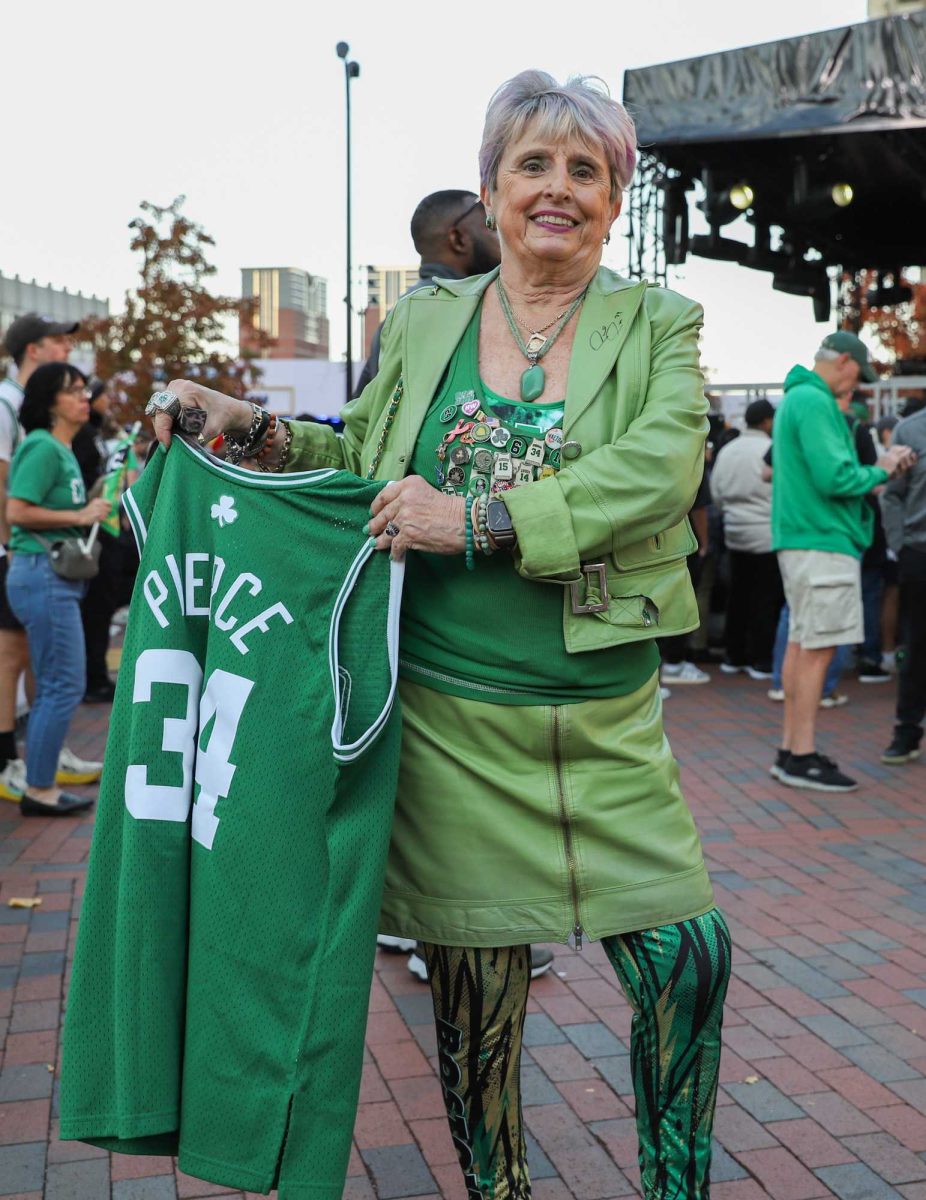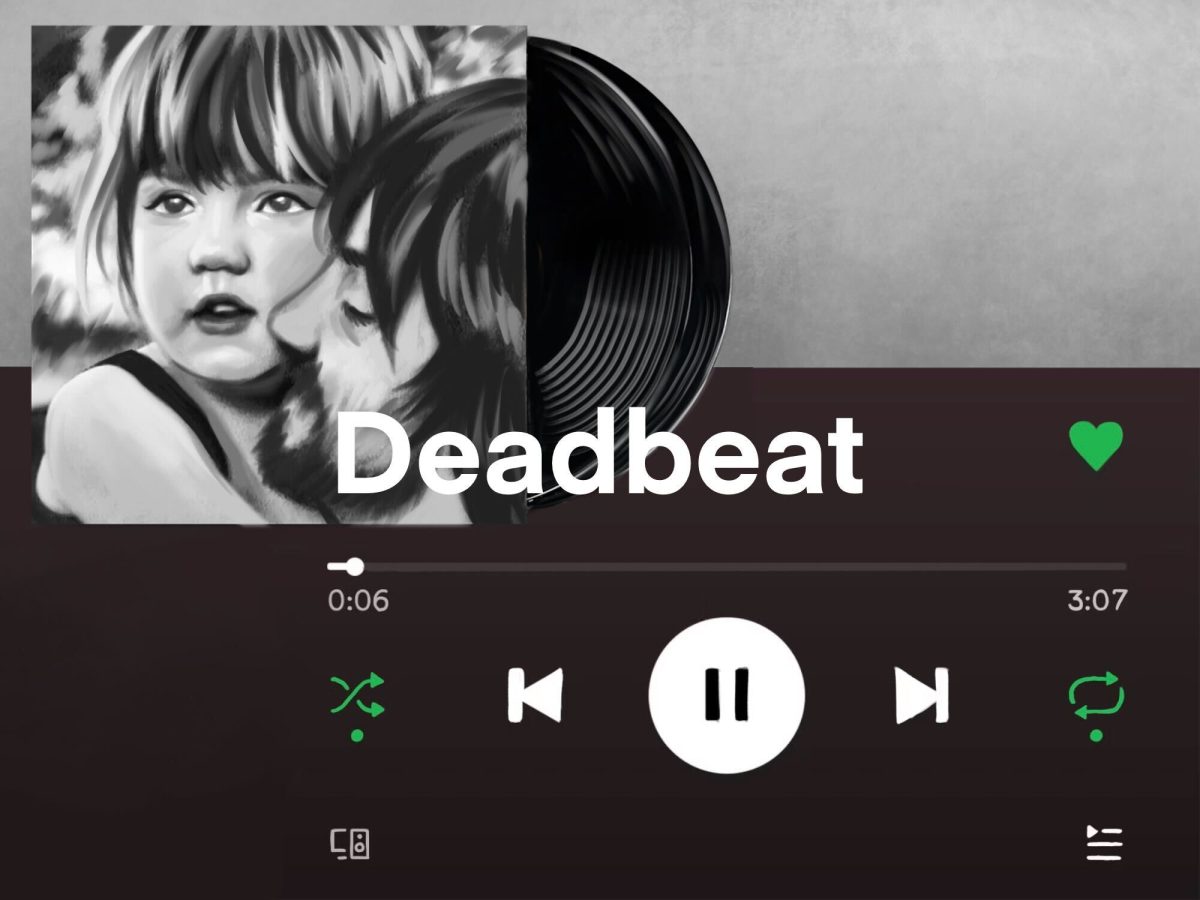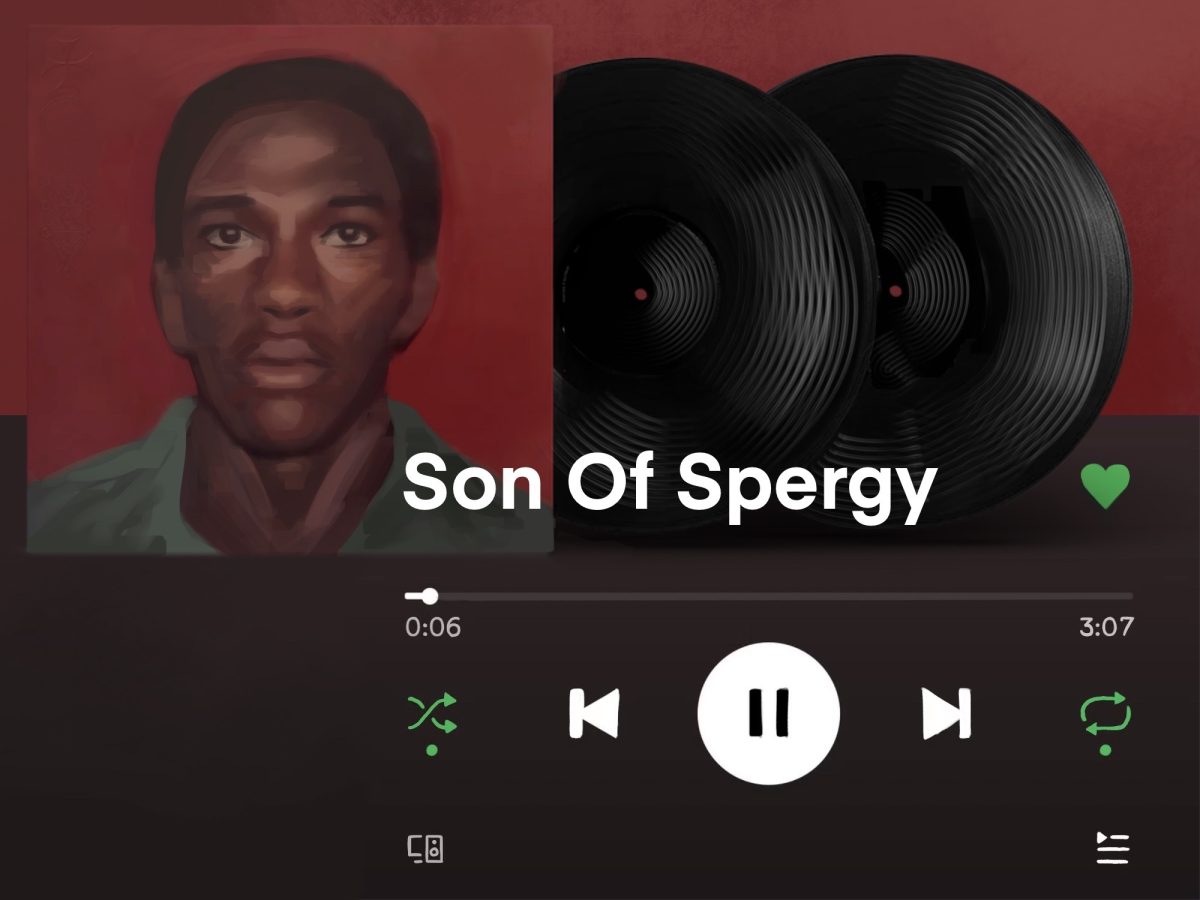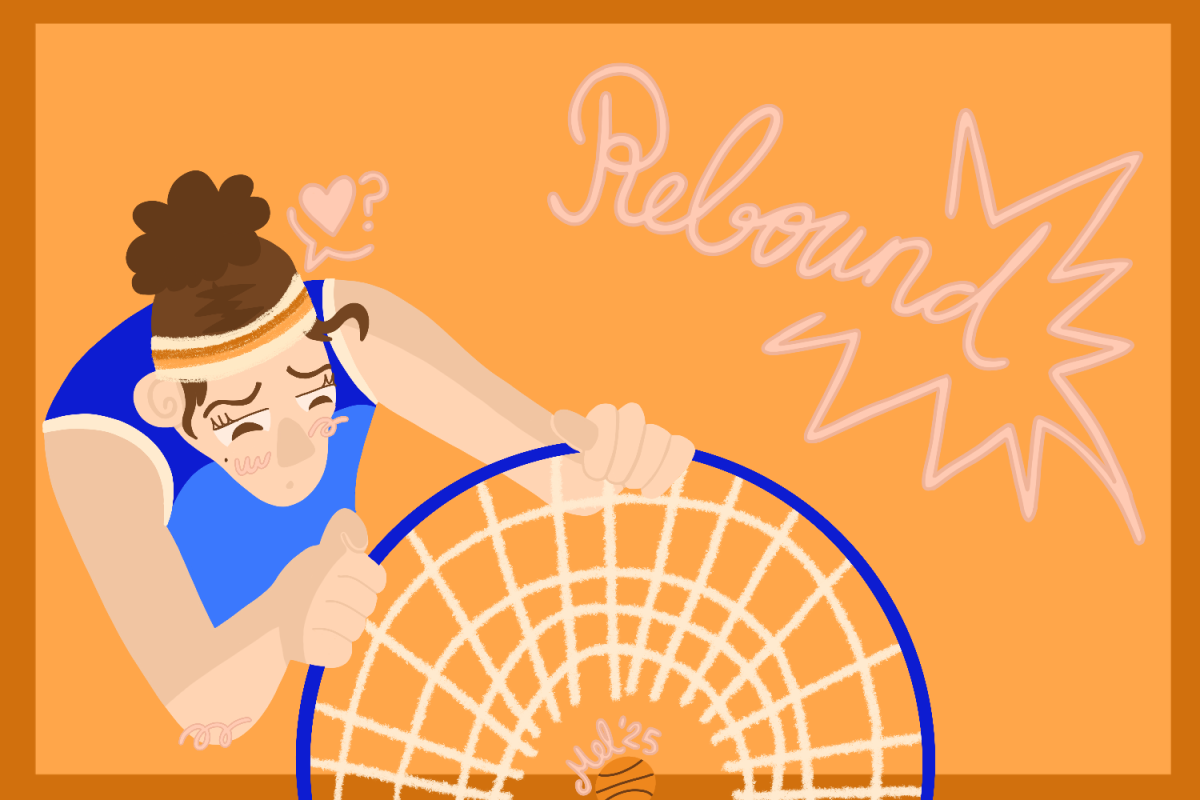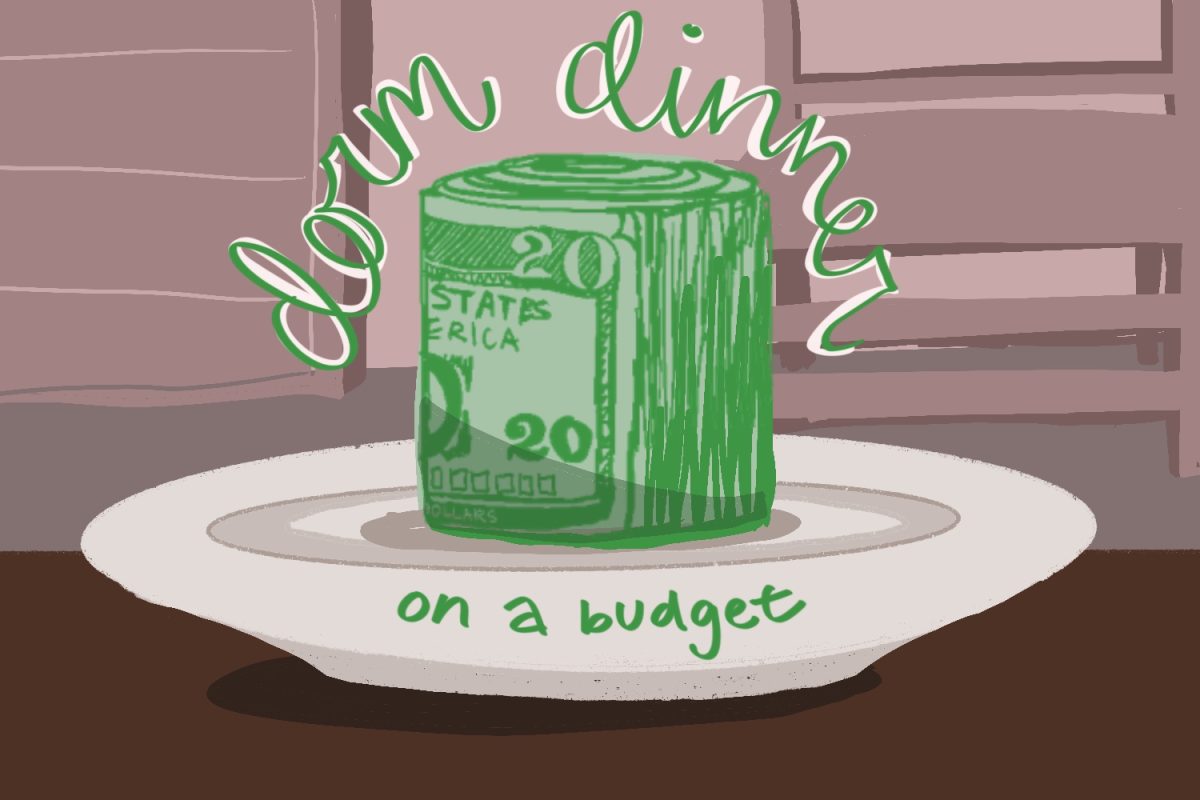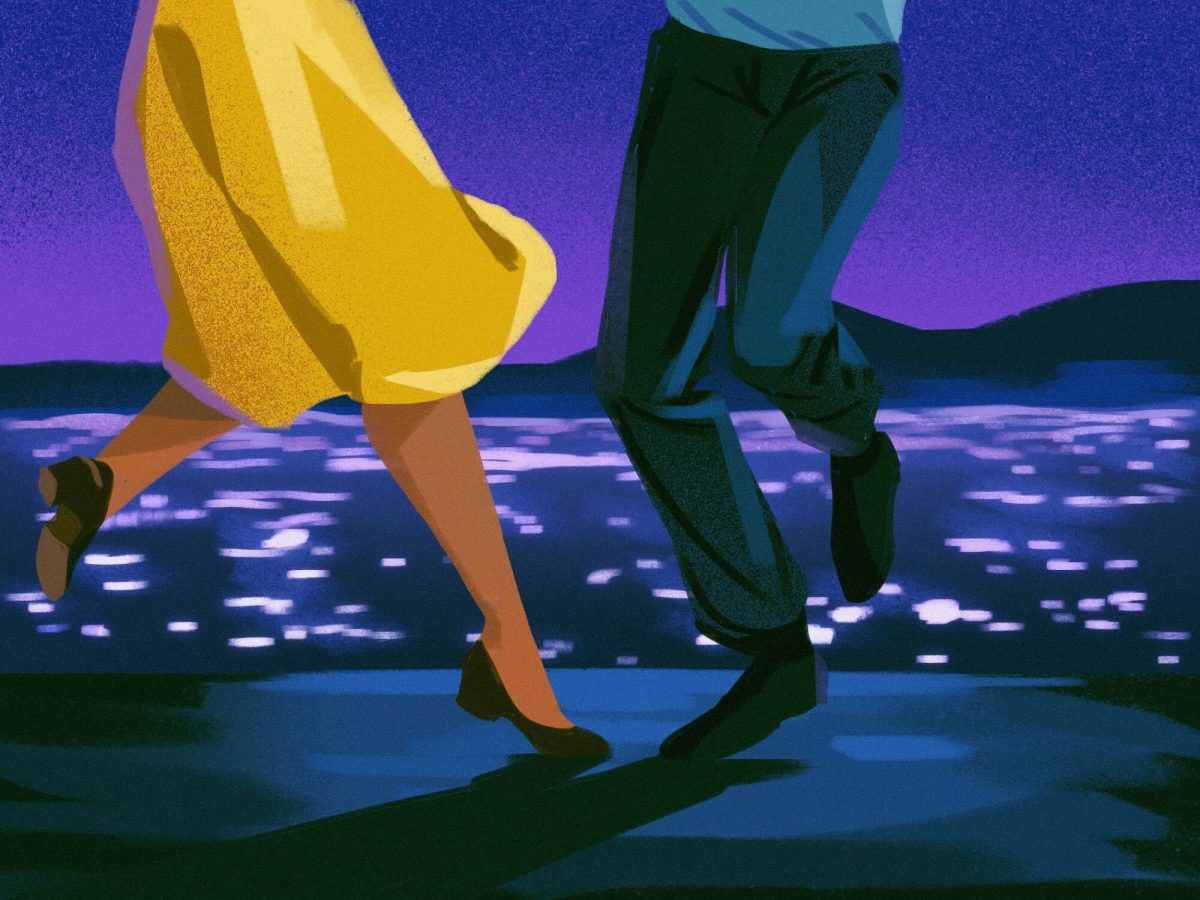Record Store Day was this Saturday, April 20.
Special vinyl and CD releases, as well as other promotional material, are released in the day’s honor, and festivities including DJ performances, artist meet-and-greets and parades are held. The event grants independent record stores the opportunity to tap into a market of people who consume primarily digital music, selling physical, special editions of music unreleased online.
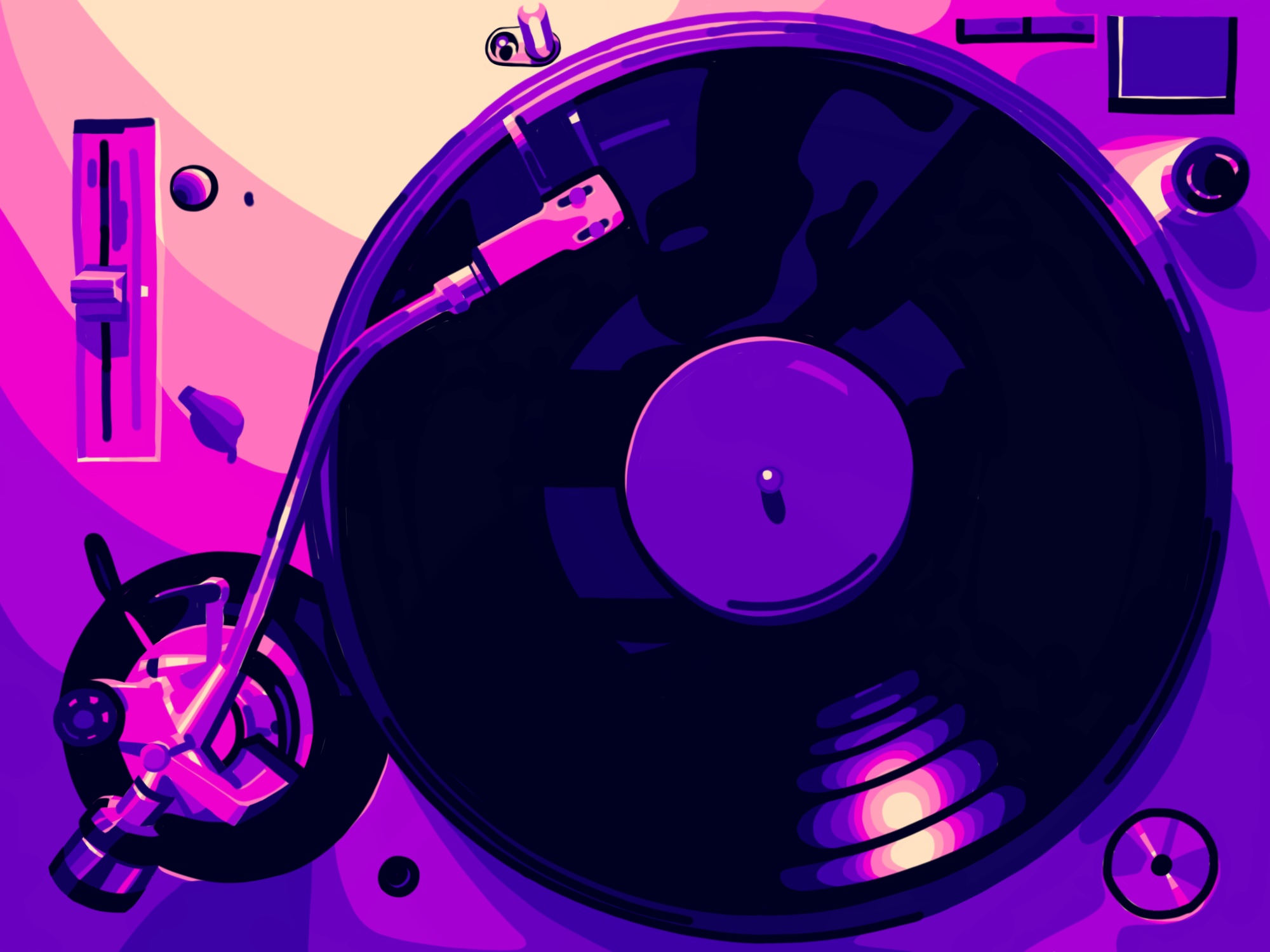
Even Boston University got in on the action, with WTBU celebrating college radio’s “Vinylthon,” an event that encouraged shows to play nothing but vinyl music for 24 hours.
It is significant and revealing that, in an era where digital music is readily available and accessible, events such as Record Day and Vinylthon are celebrated nationwide with such enthusiasm.
Nowadays, music is mainly streamed on subscription-based platforms, such as Spotify and Apple Music. Because vinyl albums and record players are rather expensive, a monthly rate of around $11 for near-unlimited music access is the superior method from a financial standpoint.
Producing new records is also wasteful, especially when multiple pressings of the same album are released.
We’ve transitioned from vinyl, CDs and even cassettes to our iPhones and other handheld devices. This prompts us to think about the value that analog music like vinyl still plays in the music industry today.
Conveniently, these streaming platforms are fairly comprehensive in terms of access, but the way people listen to music has been heavily altered with the convenience of digital streaming and the rise of social media.
Due to the immense popularity and short-form nature of platforms like TikTok and Instagram, new and veteran artists often go to them to market their music — unfortunately resulting in artists tailoring their music to fit them.
Many young artists online are catering music to be snippet-worthy — not necessarily by a fault of their own, but because they want to create those 15 seconds that capture everyone’s attention and end up trending.
Artificial intelligence is also changing the way music is created and consumed. With AI programs, anyone can write their own lyrics and pretend they are being sung by someone else. AI programs can also access any cataloged voices to cover another, even deceased singers like Frank Sinatra and fictional characters like Eric Cartman.
This is even more worrisome than the “TikTokification” of music, and potentially dangerous for the industry and the way consumers listen.
Across multiple platforms and genres, we are seeing a prioritization of convenience and trendiness over well-developed artistry.
As we’ve moved into this world of digital streaming and have lost older analog methods along the way, we are forced to ask ourselves: Is the quality of music being lost, or are our priorities just shifting?
Though the commercial value of vinyl has decreased, the cultural value may have increased.
Even if it’s not the primary form of listening to music in this day and age, vinyls are still important to music lovers and others. Records serve as artifact-like objects, often passed down as family heirlooms. They can signify bonds or memories of times past.
Not to mention, passing down vinyl records throughout generations is much more sustainable than buying newly pressed records.
In the way people still read physical books despite the existence of reading technology, the idea of tangible music is still attractive to many, and in the same vein, also serves an aesthetic or decorative purpose.
Record stores are almost an oasis nowadays. Used records are great because you can find music that isn’t even on Spotify and make new discoveries in an analog format.
The world of vinyl is necessary to remind us of the art of music and the way we used to consume it. It leads us to further appreciate full-form albums, and you don’t need any sort of extensive vinyl collection to do so.
Most of us prefer digital music streaming in the digital age. It’s pocket-sized, convenient, cheap and easily shareable. But now that vinyl is no longer the primary medium for music consumption, it can almost serve as an individual form of art.
Still, it’s important to note that modern music and methods of marketing aren’t all bad.
For those who prefer rising or indie artists, much of that discovery comes from social media. These platforms make it easier for names to reach those who would enjoy their music and blow up almost overnight. Artists and bands can hit gold mines by finding their target audiences on Spotify and TikTok.
Different forms and manners of music consumption can easily co-exist for different purposes and in different environments. Ultimately, we are lucky enough to be in a generation that gets to experience the convenience of streaming and the physical art of vinyl records at the same time.
This Editorial was written by Opinion Co-Editor Lea Rivel.


